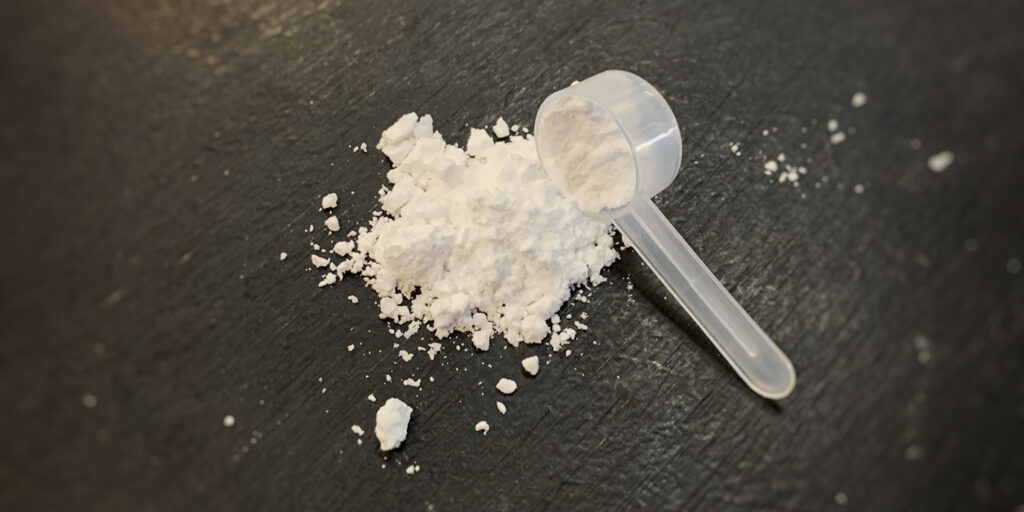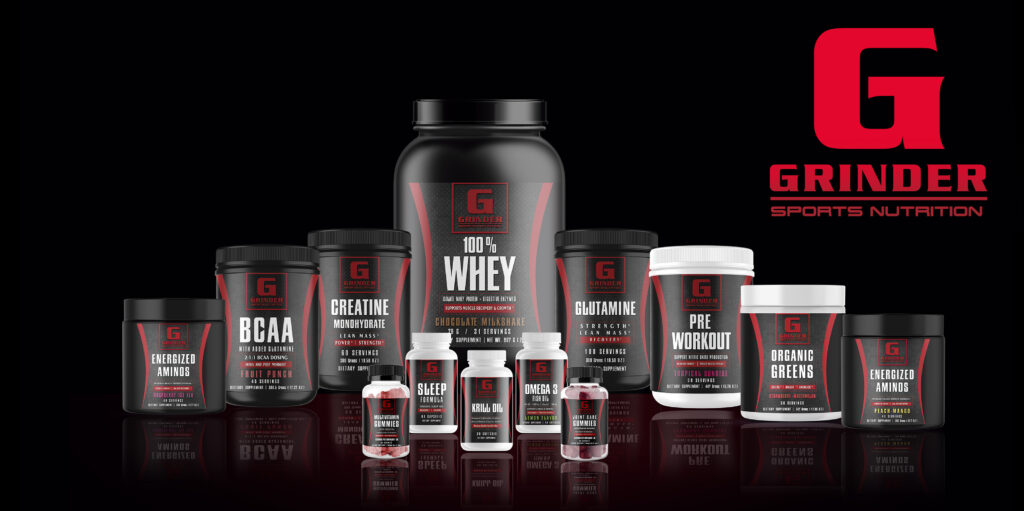
Creatine, a naturally occurring compound found in human muscles, has long been recognized as a valuable asset for enhancing athletic performance and exercise recovery. While some creatine is derived from dietary sources like animal flesh, the body can also synthesize it from specific amino acids, primarily in the liver and kidneys. This compound is then either used by muscles for energy or eliminated by the kidneys in the form of creatinine. The interplay between dietary intake, internal synthesis, and elimination showcases the dynamic nature of creatine’s role in the body.
Historically, studies dating back to the early 1900s already highlighted the correlation between increased dietary creatine and heightened muscular stores of creatine and its phosphorylated form, phosphocreatine. This revelation laid the foundation for exploring the potential benefits of creatine supplementation on athletic performance.
Research has shown that the extent of muscular creatine accumulation post-supplementation is directly linked to improvements in exercise performance. While there have been some conflicting findings, the general consensus points toward short-term creatine supplementation leading to gains in total body mass, ranging from 0.7 to 1.6 kg. Longer-term usage has even shown gains of up to 3 kg more than control groups. These findings hint at the potential of creatine supplementation to facilitate lean body mass gains during training, though further studies are necessary to unravel the mechanisms at play.
Amidst these promising outcomes, experts have divergent opinions on the optimal loading regimen for creatine supplementation. One traditional approach suggests a loading phase of 5 to 7 days, with daily dosages ranging from 20 to 25 grams. Another viewpoint, advocated by figures like Paul Cribb, promotes a shorter, more concentrated 3-day loading strategy. Let’s delve into both approaches and their respective advantages.
Renowned sports nutritionist R. B. Kreider suggests a loading regimen that involves a 5-gram dose, taken four times a day, for one week. Following this, the dose is reduced to a maintenance level of 2 to 5 grams per day to sustain elevated creatine levels. This approach aims to enhance intramuscular creatine and phosphocreatine content, thereby boosting high-intensity exercise performance. Notably, research has indicated that ingesting glucose alongside creatine enhances its uptake into muscles, underscoring the value of pairing creatine with carbohydrates.
For athletes seeking substantial gains in lean body mass, a recommended dosage of 15 to 25 grams per day for 1 to 3 months is advised. The practice of cycling on and off creatine is common among athletes, although no definitive study has yet determined whether this cyclic approach offers superior gains in muscle mass or performance compared to continuous usage.
On the other hand, Paul Cribb, a proponent of Micronized Creatine Cycling, challenges the conventional dosing model. He asserts that a higher concentration of creatine within muscle cells is essential to trigger potent anabolic effects. He contends that traditional loading regimens may lead to creatine saturation outside the cells, inhibiting effective muscle uptake for prolonged periods. Cribb’s approach calls for a three-day on, three-day off cycle with larger doses of Micronized Creatine. His strategy proposes a daily dosage of 15-25 grams, tailored to the individual’s size.
Cribb’s rationale behind the three-day loading phase is to maximize creatine uptake while preventing desensitization or down-regulation of creatine receptors/transporters. The three-day off period allows time for the muscle cells to re-sensitize to creatine, while also maintaining muscle creatine stores.
In conclusion, creatine’s impact on exercise performance and recovery is well-established, but the optimal dosing regimen is still a subject of debate. Traditional loading methods and newer strategies like Micronized Creatine Cycling each present their own merits. As athletes continue to explore these approaches, ongoing research will shed light on the nuances of creatine supplementation and its potential to unlock greater power and recovery benefits.
SUPPLEMENTS

